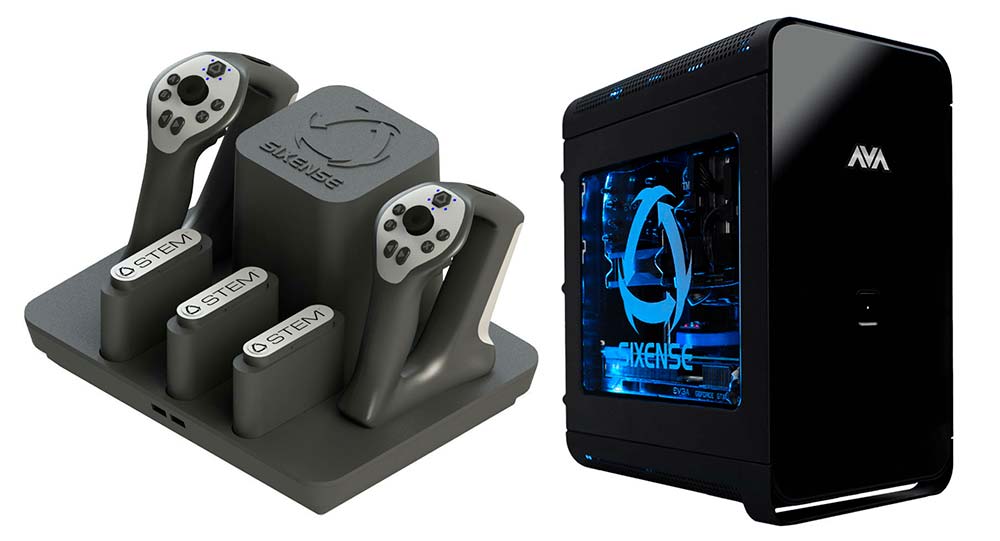At AVADirect we are excited about the future of virtual reality. Other recent trends in the entertainment electronics space, like 3D, have faded and become fads that have long dropped out of the public’s favor. One could probably argue that VR would do the same thing but we disagree.
There are several companies developing virtual reality devices and peripherals. Some efforts are part of larger companies, like the HTC Vive, while others are solely dedicated to VR, like Oculus. You may think that Oculus, for example, had announced their device years ago and even released developer version, yet why haven’t they released their product to the public? The reason is that they’re feverishly working on making sure that VR is more than just a fad. I mean how many of your friends have 3D televisions in their living rooms?
Virtual Reality really first started receiving hype in the 80s with the boom in consumer electronics and technology. The Nintendo Virtual Boy certainly made clear that VR was possible in the consumer space, but since then it’s largely been the domain of the tech geeks. That is until the Oculus Rift was announced.
The HTC Vive, Project Morpheus, Avegent Glyph, Microsoft’s HoloLens, are all going to give Oculus some serious competition, and this is good news for the consumer. These companies want to make sure that their devices are perfect before they release them. It would be a shame if they were clunky or uncomfortable or didn’t work as well as you’d expect.
The other thing keeping VR back is the availability of accompanying software. That’s why Oculus released their dev kit so long ago. Software is the key to consumer adoption of VR. There should be enough games and other applications so that users remain interested. The Nintendo Virtual Boy only had 14 games released in North America. There needs to be a much larger library for VR to catch on.
For this reason, we at AVADirect have partnered with Sixense. The Sixense STEM System is a wireless motion tracking platform for virtual reality. Up to five wireless motion trackers will communicate the full position and orientation of the head, hands, body etc. This will make interaction in VR much more intuitive so you can actually reach out and grab an item. The ability to interact this way not only provides an immersive experience for users, but it also helps 3D designers to create objects and worlds more fluidly.
Of course whether you’re designing in or are interacting with virtual reality you need a powerful computer to process the physics and the graphics. We have created the AVA Sixense VR Desktop that is custom crafted to support Virtual Reality and the Sixense STEM System.
